Why are my rose leaves turning yellow?
Wondering why your rose leaves are turning yellow? Discover the likely cause and how to fix it

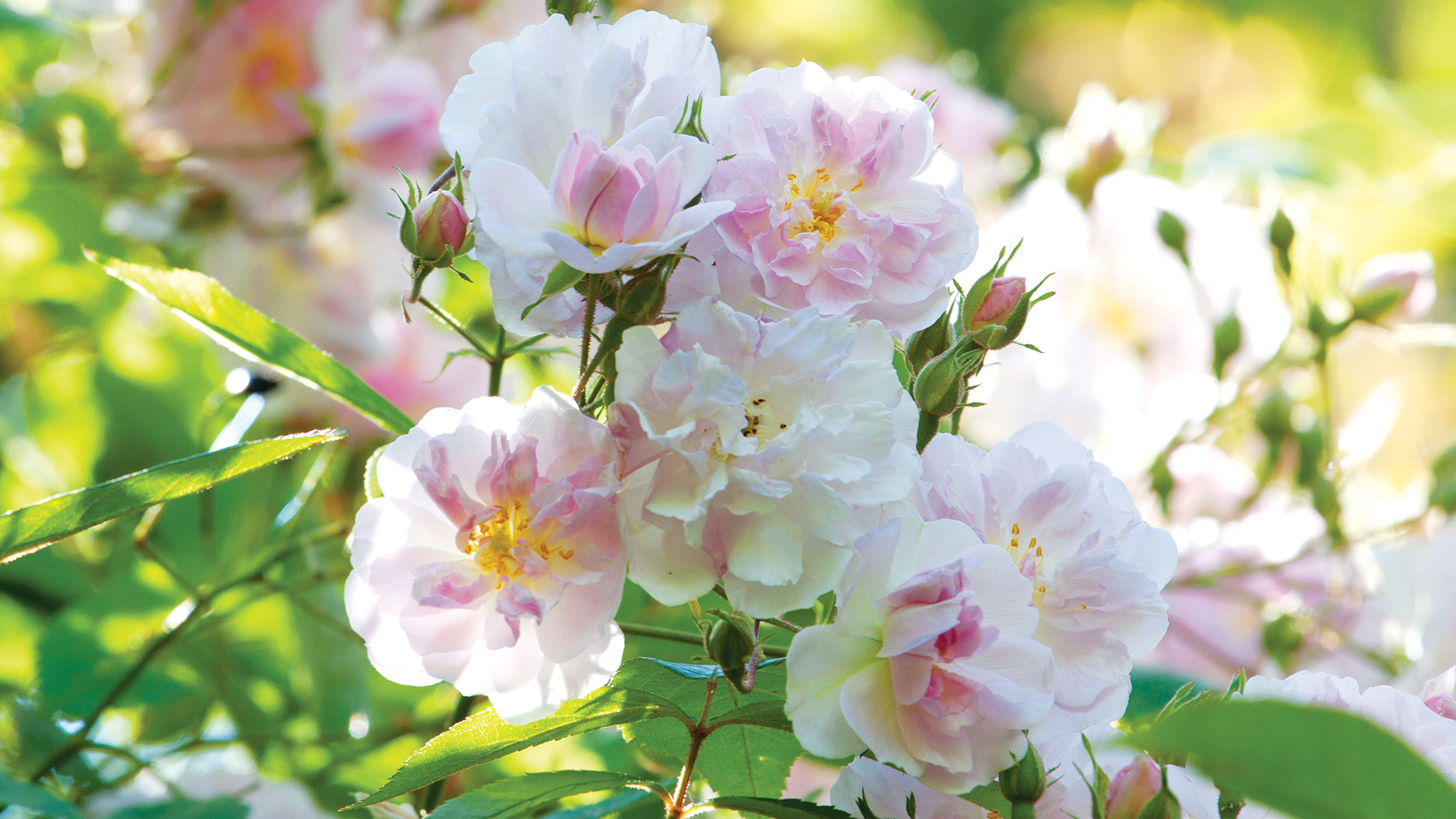
Are you asking yourself, ‘why are my rose leaves turning yellow?’ Then you need to diagnose the problem and fix it fast, before you lose your prized blooms.
Roses are generally hardy shrubs and can take a certain amount of neglect and over-zealous pruning before bouncing back. However, there are some problems and diseases that can blight your rose garden ideas if you don’t tackle the root cause.
‘The adage that "prevention is better than cure" holds true for growing healthy plants. So, a good start in your rose plant’s life is to ensure that it is well-planted, watered and fed,’ says Tony Hall in his book, The Kew Gardener's Guide to Growing Roses.
‘This will encourage your rose to grow well and be better equipped to deal with pests and disease. By adopting a few precautions, and routine treatments if needed, your roses should flourish all summer.’
Make sure you give them the best possible start by learning how to plant roses the right way, and help keep them in good health by ensuring you know how to prune roses.
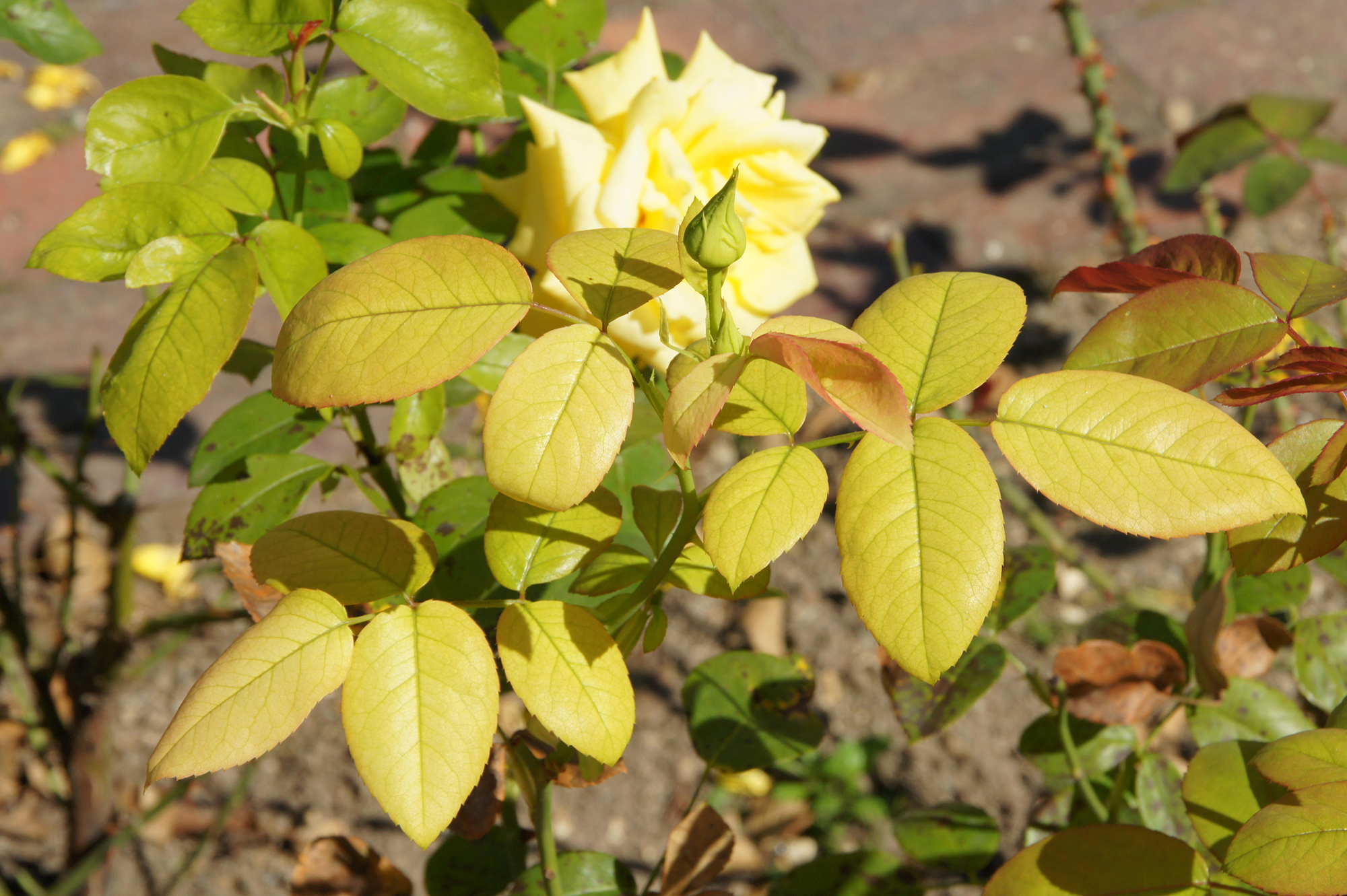
Why are my rose leaves turning yellow?
Rose leaves turning yellow is a common problem with more than one cause, so it’s important to work your way through the possible issues.
‘It could be any number of reasons. Think of leaves like your plant’s skin – when something goes wrong, we have to look at the soil. If the soil is too wet, it could be root rot. If the soil is too dry, it could be dehydrated. It could even be pH or nutritional imbalance,’ says Eric Lo, CEO of plant care system Leaflet by Krado.
Design expertise in your inbox – from inspiring decorating ideas and beautiful celebrity homes to practical gardening advice and shopping round-ups.
Disease is also a potential cause of yellowing leaves, so learn to spot the common problems that can blight roses, and how to cure them.
1. Under – or over – watering
‘The most common cause for yellow rose leaves is a lack of water. This can happen when you have been feeding your roses too much and not watering them enough,’ says Gabriel J. Croteau, master gardener and consultant at Juliei Salone.
‘You may also notice that the stems of your roses begin to turn brown when this happens.’
Another possible cause of rose leaves turning yellow is over-watering.
‘Roses need to be watered regularly, but if you are constantly keeping them wet, they can develop root rot or fungal infection in their roots, which will cause leaves to turn yellow and fall off,’ adds Gabriel.
In general, established roses should be watered once a week in the spring and summer – or more often during periods of high heat. Newly planted and potted roses should be watered every other day. Aim for about an inch of water, and if it rains then you can adjust your watering schedule to suit.
If your soil is prone to being waterlogged, then you should reduce watering and consider options for improving the drainage in the soil.
2. Not enough sunlight
Roses thrive in the sun and need at least six hours a day in order to flourish. If you have yellow rose leaves but the plant is getting the right amount of water, then this is the next likely culprit.
Some roses will cope better with partial shade than others, so it's worth checking the growing criteria for your variety.
If you believe lack of light to be the cause, then the best thing to do is relocate the shrub to a brighter spot.
Many gardeners are fearful about moving roses, as it risks losing the plant. A good tip is to sprinkle mycorrhizal fungi – available at Amazon – in the new planting hole. This needs to be in contact with the roots in order to be effective.
Water regularly until the rose reestablishes itself.
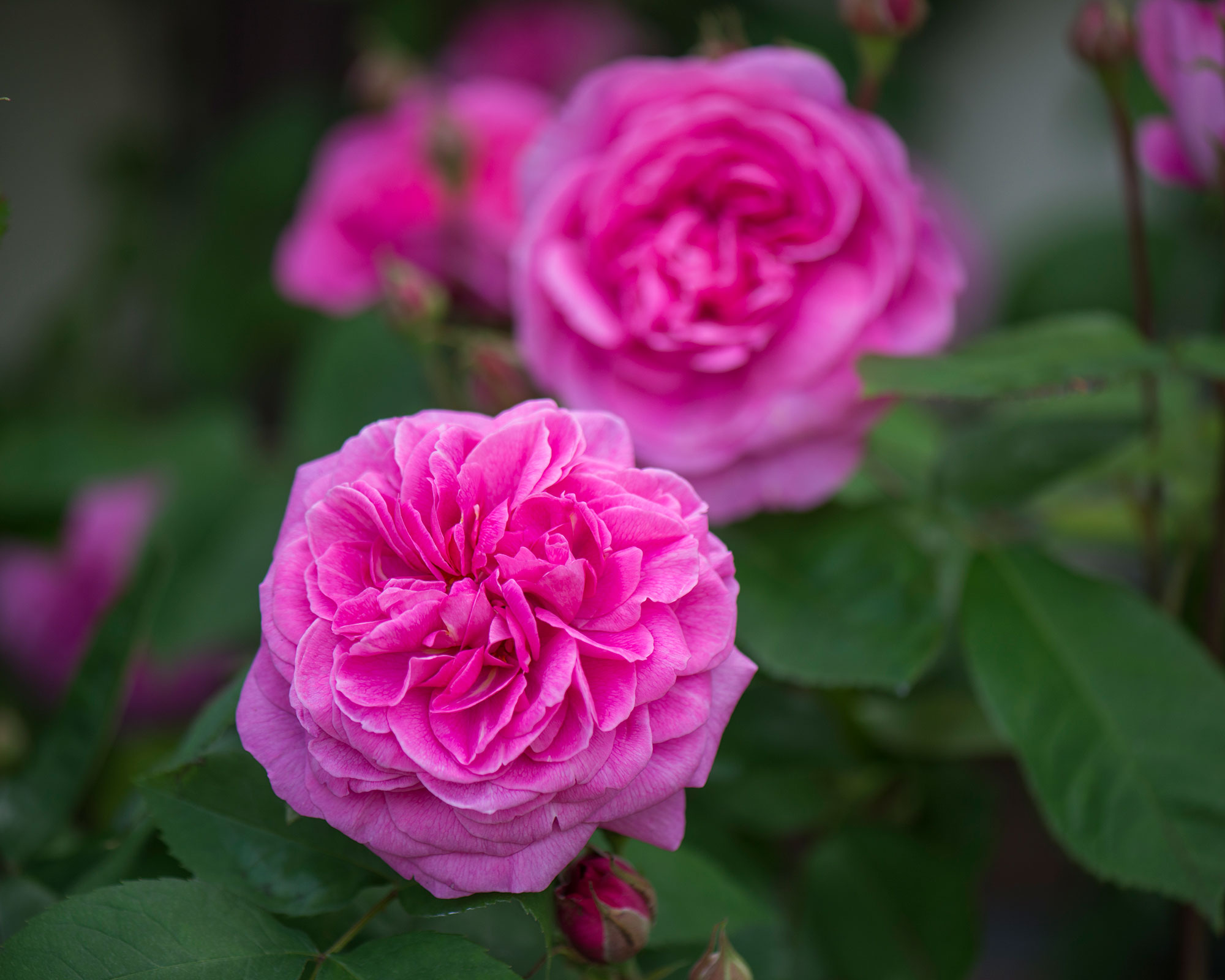
3. Your rose is overheating
As well as needing enough sunlight, roses can be sensitive to extremes of heat. This can dry out the leaves and cause them to turn yellow or brown.
If your area experiences a heatwave, then take precautions by watering your rose every day. However, it's important to do this into the soil – do not wet the leaves while the sun is up, as this will scald them as they dry and make the problem worse.
4. Your roses don’t have the right nutrients
Yellow leaves – or chlorosis – can be caused by a nutrient deficiency.
‘Chlorosis caused by nutrient deficiency often shows up as interveinal yellowing of the leaf if related to reduced iron levels in young leaves or lack of magnesium, or manganese, in the older leaves,’ says Tony Hall.
The best way to establish a nutrient deficiency is check your soil health. Invest in a soil testing kit – you can buy these from Amazon – and then make any adjustments as needed.

5. The soil’s pH level isn’t right
A pH imbalance in the soil is a potential cause of yellow leaves, and can be easily diagnosed with a soil testing kit.
‘The ideal pH level for roses is between 6 and 7; if it's too high or too low then you'll need to adjust accordingly before planting new plants or adding amendments such as lime or sulfur (for acid soils),’ says Gabriel.
6. Why are my rose leaves turning yellow with black spots?
Black spot is the likely culprit here. Most new roses are bred to be disease resistant, but black spot is still a common problem.
This fungal disease infects the leaves with black spots, and reduces the plant’s ability to photosynthesize. Over time, the leaves will turn yellow and drop off, ultimately stunting the growth of the plant.
‘Mulching with a good layer of well-rotted manure helps to suppress diseases such as black spot, as well as limiting weeds and enabling the soil to retain moisture. This is usually done in spring but can be topped up monthly through the growing season,’ says gardening expert Leigh Clapp.
Chemical sprays – available through Amazon – are also an option for treating black spot. As soon as you spot the first telltale signs, you need to give all affected leaves a good spay to stem the disease.
‘Roses can be grown organically without chemical sprays by choosing those suited to your site, ensuring you are watering and feeding well, have provided good air circulation, prune appropriately and clear up fallen leaves that may harbour diseases,’ adds Leigh.
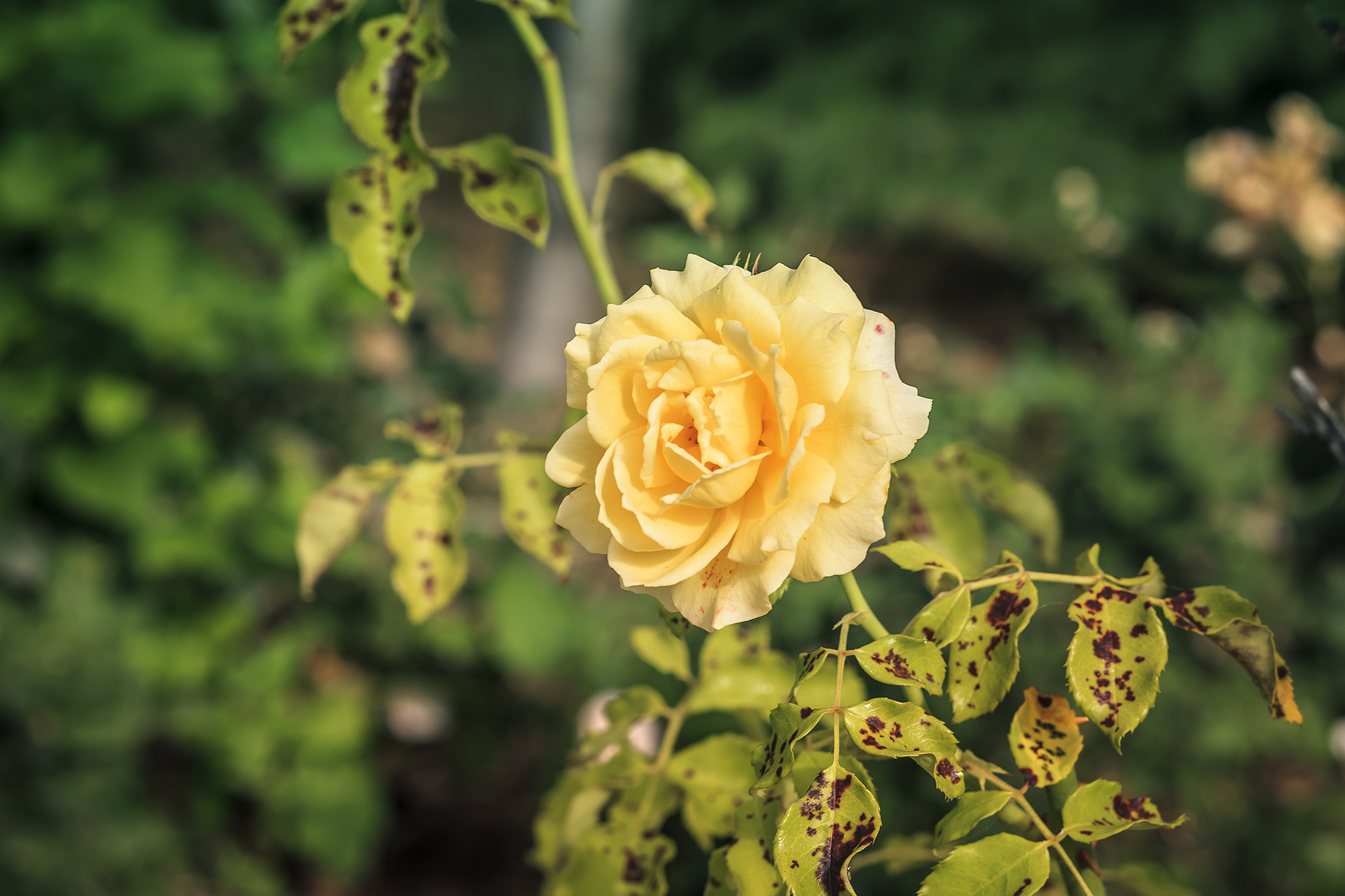
7. Pests are damaging your roses
If you’re wondering ‘why are my rose leaves turning yellow?’ then it’s important to check the plant for rose pests.
'If you see holes in the leaves or flowers, check for aphids or scale insects. These tiny creatures tend to hide inside crevices in the plant stems or on undersides of leaves,’ says Gabriel.
‘You can spray them with a strong stream of water from your hose to dislodge them from their hiding spots, then wash them off with soap and water. Or try using insecticidal soap or homemade bug sprays.’
Spider mites can also be an issue. These small, spider-like insects feed on plant sap and can cause severe damage to the plant if left untreated.
‘Inspect the leaves for signs of the pests. Look for small dots on the underside of the leaves – these are usually where you'll find them first,’ adds Gabriel.
‘Your next step should be to prepare a solution of one part water and two parts rubbing alcohol. Add two drops of dish soap into this solution, then dip a cotton swab in it and apply it directly to each individual mite or group of mites on your rose leaves.
‘Rinse the leaves thoroughly when finished applying this solution so that no residue remains.'
Consider treating your soil with neem oil or insecticidal soap to prevent further infestations from occurring.
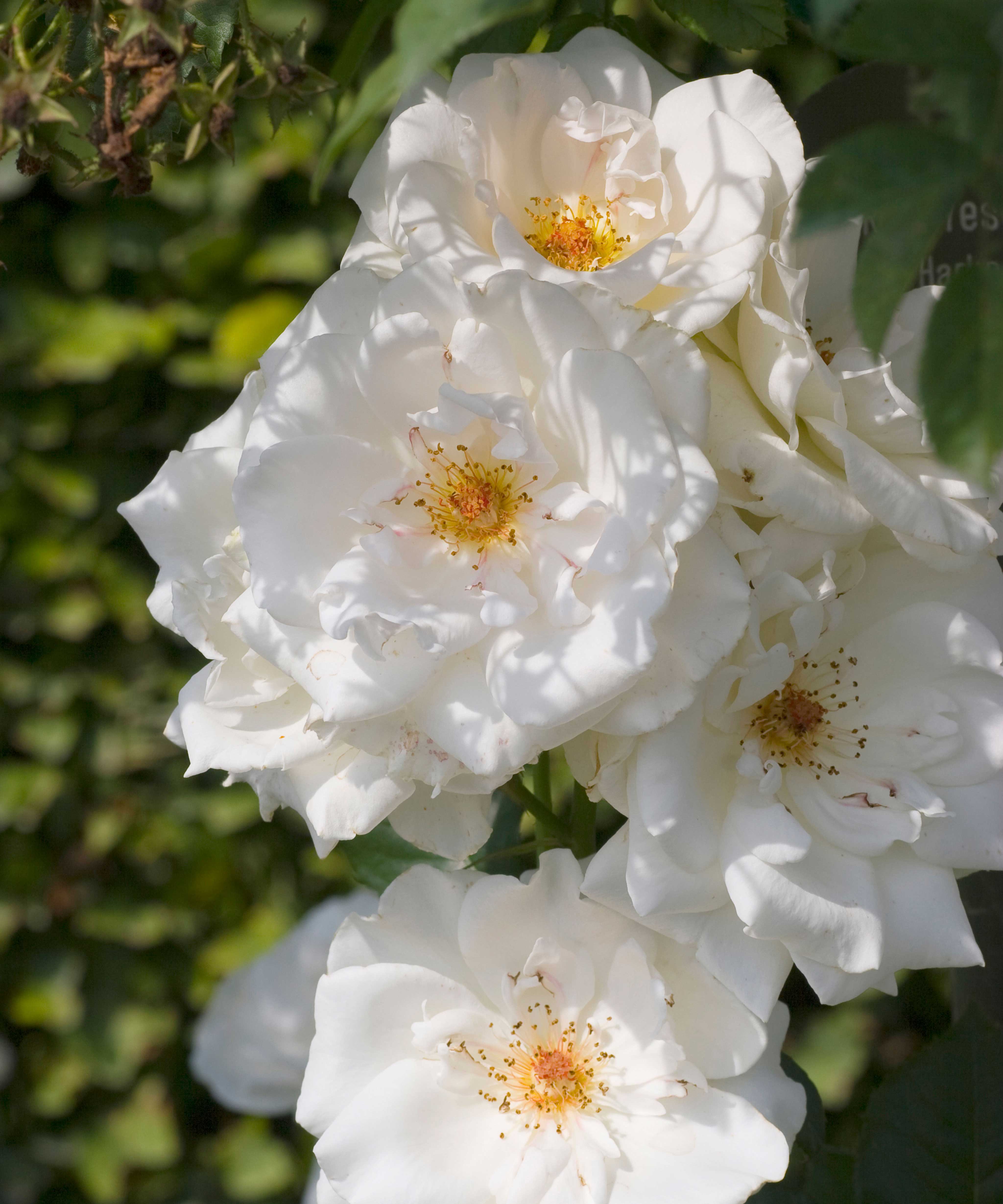
Should I remove yellow leaves from roses?
If your roses are diseased, then removing yellow leaves will help to stem the spread. However, doing this will reduce the plant’s ability to photosynthesize.
‘If you are growing roses in your garden, in most cases it is beneficial to remove the yellow leaves from your rose. This will help prevent fungus and other pests from taking hold of your plant,’ adds Gabriel.
'However, if you are growing roses indoors, it is generally not necessary to remove the yellow leaves. In fact, it can be detrimental to do so because these leaves are actually absorbing excess water from the soil around them.
'If they are removed, this water will not be absorbed by the plant and could cause root rot or other problems.'

Melanie has worked in homes and gardens media for two decades. Having previously served as Editor on Period Living magazine, and worked on Homes & Gardens, Gardening Etc, Real Homes, and Homebuilding & Renovating, she is now focusing on her passion for gardening as a Senior Editor at Gardening Know How. As a keen home grower, Melanie has experimented with pretty much every type of vegetable at some point – with mixed results. Often it is the simplest things that elude you, which may explain why she just can't seem to master zucchinis.